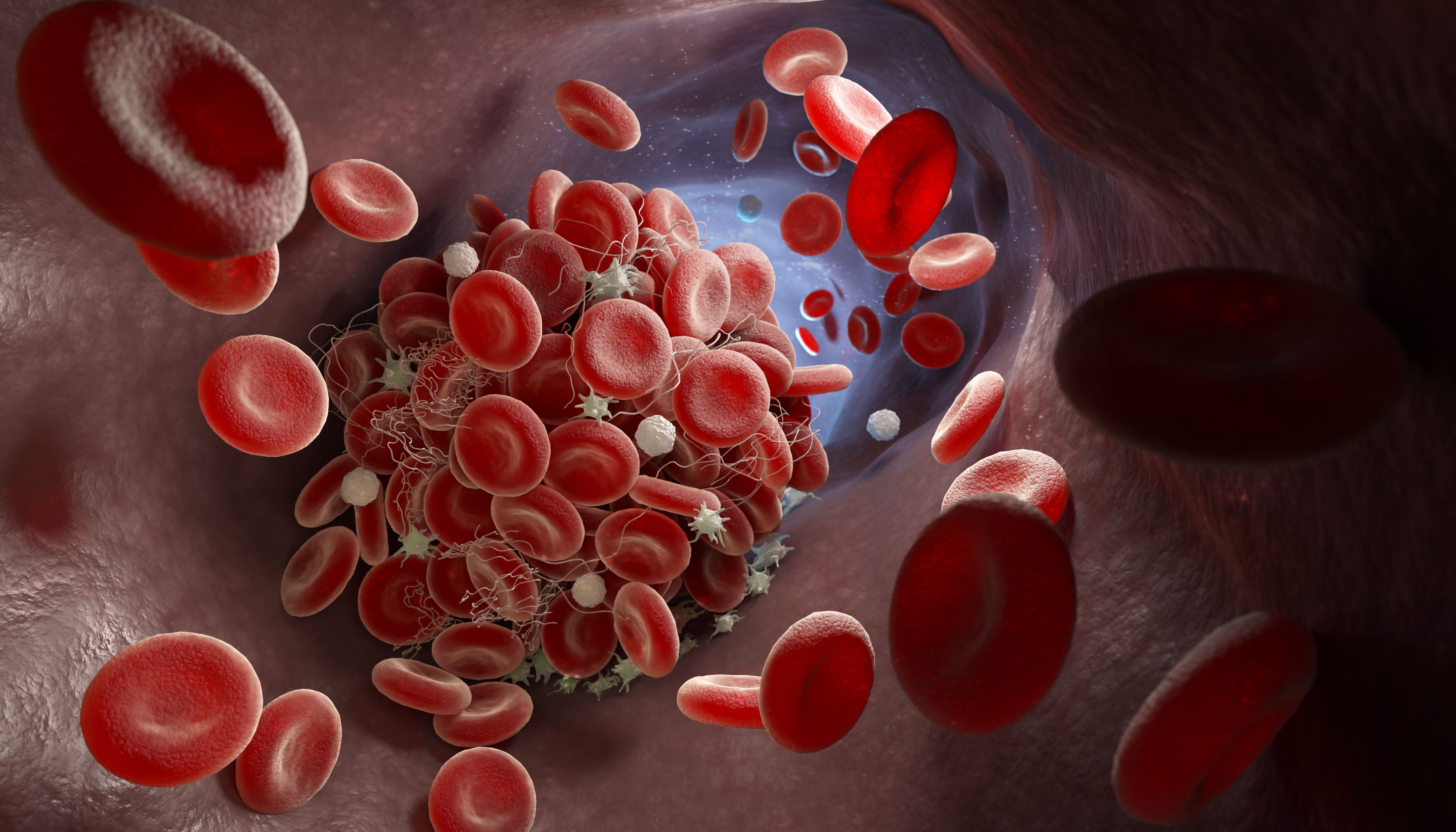Article
Earlier Jakafi Treatment Shows Encouraging Outcomes in Myelofibrosis
Author(s):
Earlier treatment with Jakafi showed promise in both improving survival and symptom burden in certain patients with myelofibrosis, though physicians often delay Jakafi treatment.
A higher percentage of patients with intermediate-2 and high-risk myelofibrosis who were introduced to Jakafi (ruxolitinib) within a year of being diagnosed saw improved survival and reduced symptom burden compared to those who were given the drug later or not at all,according to recent research that was published in the journal Cancer.
Researchers analyzed data from two clinical trials (COMFORT-I and COMFORT-II), which included 525 patients with myelofibrosis, a type of myeloproliferative neoplasm.
In this patient population, 84 patients received Jakafi within 12 months of being diagnosed, while 216 received the drug at or after 12 months from diagnosis. Additionally, 66 patients received placebo plus best available therapy within 12 months, and 159 patients received placebo plus best available therapy after 12 months.
Myelofibrosis causes a decrease in the number of normal cells that are produced in the bone marrow. As a result, the spleen starts to produce these types of cells, and often becomes inflamed — indicating potentially worsening disease and putting patients at risk for infections.
“Patients with myelofibrosis, a bone marrow cancer, often do not live as long as the general population. These patients may also have an enlarged spleen and difficult symptoms such as fatigue,” the researchers wrote.
Study findings showed that at week 48, patients who received Jakafi earlier had a higher rate of spleen volume response (meaning that their spleen shrunk) than those who were not exposed to the drug within a year of treatment (44% versus 26.9%, respectively).
Additionally, at a 240-week follow-up, 63% of patients who were given Jakafi early were still alive, compared with 57% of those who were given the drug a year or later after being diagnosed. At this time, 49.4% of patients who received placebo plus best available therapy within 12 months were alive, and 40.7% of those given placebo/best therapy at or after 12 months were alive.
The researchers also noted that on average, patients given Jakafi — regardless of whether it was within or after 12 months of diagnosis — tended to live longer than those prescribed placebo plus best available therapy.
The Food and Drug Administration approved Jakafi for intermediate- or high-risk myelofibrosis more than a decade ago, and it is recommended to be the first therapy offered for patients with the disease. However, as the study authors pointed out, Jakafi is often not the first drug given, or it is not given soon after diagnosis.
“The National Comprehensive Cancer Network guidelines for myeloproliferative neoplasms recommend (Jakafi) as a first-line treatment for patients with higher-risk (myelofibrosis),” study authors wrote. “There is a compelling rationale to treat patients with intermediate- or high-risk (myelofibrosis) with (Jakafi). Despite this, real-world treatment patterns indicate that many physicians delay or avoid (Jakafi) treatment, often in favor of hydroxyurea or watchful waiting.”
For more news on cancer updates, research and education, don’t forget to subscribe to CURE®’s newsletters here.
















